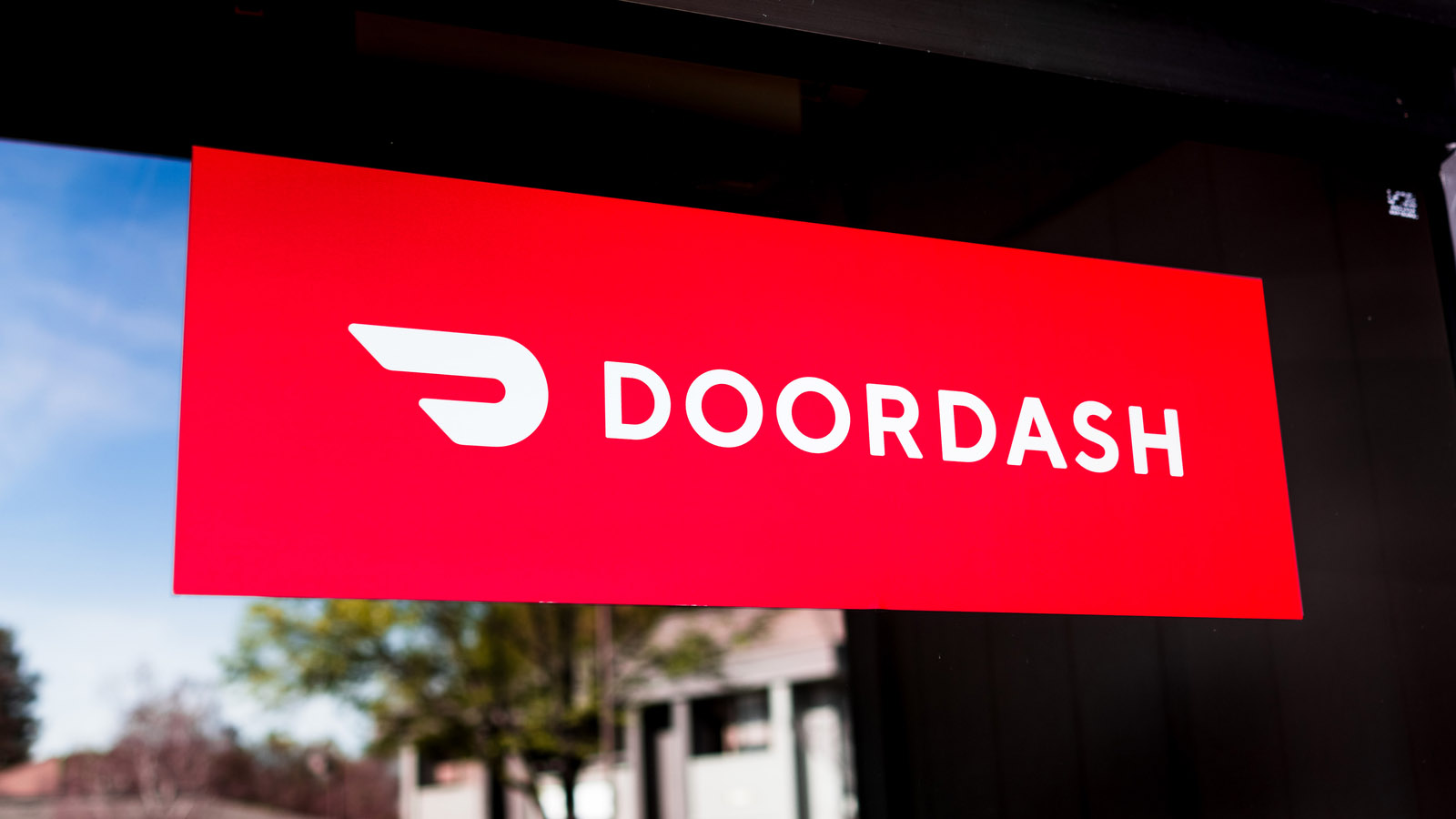DoorDash (NYSE:DASH) and other growth stocks have experienced massive pull-backs in the past six months. Moreover, with the U.S. Federal Reserve’s hawkish policy stance, stocks trading at lofty multiples such as DoorDash are likely to be hit the most. Apart from the tough trading year ahead for DASH stock, the lingering issues with its underlying business add further salt to its investors’ wounds.

DoorDash is currently the largest food delivery enterprise in the U.S. Its share price has ebbed and flowed since going public with an initial public offering (IPO) price of $102. DASH stock slid considerably in the past year, losing over 35% of its value. It currently trades at roughly 49% lower than its 52-week high price of $257.25. Despite the correction, the stock still trades at an estimated 9x forward sales, a significant premium over its peers. Most of its growth is priced-in already, which makes it an unattractive bet at this point.
Underlying Issues With the Business
DoorDash and other food delivery companies came to the aid of restaurants that needed some wiggle room to operate during the Covid-19 pandemic. However, working with delivery companies came at a substantial cost for restaurants who were struggling with narrowing margins. On top of that, the unit economics for delivery companies aren’t too promising either; especially when you factor in labor costs, the rising gas prices, and other elements.
Furthermore, the proposition isn’t cheap for customers, either. Restaurants typically hike the prices of their menu on food delivery apps. Moreover, you also have delivery costs, taxes, and other expenses to worry about.
It will be interesting to see how things change in the post-pandemic economy. You would expect delivery numbers to drop with more people likely to visit restaurants in person. However, food delivery apps such as DoorDash have come of age during the pandemic and will continue playing a major role in the restaurant business.
Nevertheless, the company has significant obstacles in its path to profitability. Firstly, you have to consider its enormous marketing spending, which is arguably a key driver for subscriber growth. DoorDash operates in a cut-throat sector with razor-thin margins and low product differentiation among competitors. Hence, customer loyalty doesn’t amount to much in such a business.
The Wolt Acquisition
DoorDash recently acquired Finnish last-mile delivery enterprise Wolt Delivery to increase its presence outside the U.S. market. Wolt has a lot of similarities with DoorDash as it aims for relentless optimization of its business and focuses on smaller, less dense areas in the European market. With the acquisition, DoorDash now operates in over 20 countries.
DoorDash has paid a handsome amount for the deal. It is estimated that Wolt’s share of its enterprise value equals $9 billion. Moreover, though Wolt has been growing at an incredible pace, its market share in most areas is fairly limited. Hence, it seems that DoorDash has overpaid for the deal. Moreover, the acquisition, in essence, is quite worrying, as well. It appears that the company is worrying about market saturation with its acquisition of a much smaller international player to increase its total addressable market.
Final Word on DASH Stock
DASH stock has moved sluggishly in the past few months, with the broader market transitioning toward value-oriented investments. Moreover, the prospects of its underlying business are concerning, considering how its underlying issues are complicating its path to profitability. Additionally, the acquisition of Wolt raises questions about the local demand for DoorDash’s services.
Hence, with a bleak outlook ahead, it’s better to avoid DASH stock at this time.
On the date of publication, Muslim Farooque did not have (either directly or indirectly) any positions in the securities mentioned in this article. The opinions expressed in this article are those of the writer, subject to the InvestorPlace.com Publishing Guidelines
